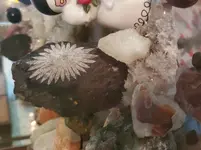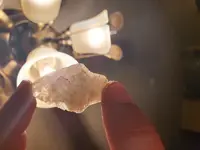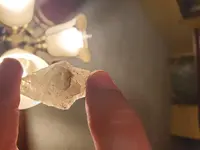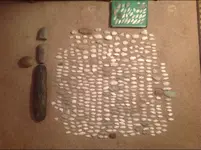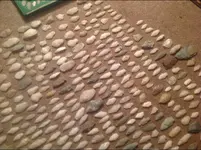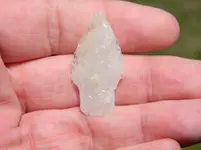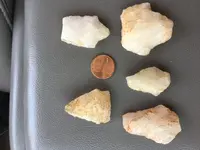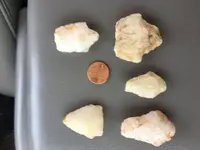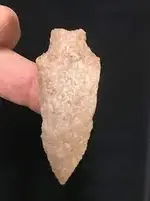Crazyplantlady
Tenderfoot
Hello. This little sugar quartz arrowhead was found in Orange County Indiana. I recently received it from my papaw when he passed. He gave me my love for all things natural stone and my aunt gave it to me after his funeral because I was the only grandchild willing to spend all summer with him in the fields. Thank you for any help.
Attachments
Upvote
0



